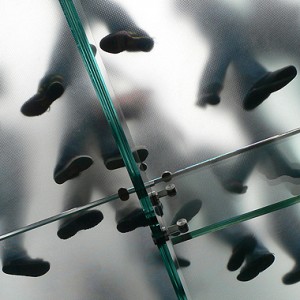One of the coolest things about thriller writer J.F. Penn’s website is the photos section. She travels a lot as part of the research she does for her novels — it’s a writer’s dream! J. Leigh is going to talk about her trip to Iceland last year and how it has played a huge role in her setting creation for her new Madness Method series in another post. But for those of us who can’t travel to exotic locations at all (or as often as we would wish), we have to turn to other means of researching settings. That’s where I’ve found Pinterest to be a huge help.
Creating Boards
If you head over to my Pinterest boards, you can see that I’ve started several different writing-related boards. (Some are just fun for me personally). I have a board dedicated to the Silesia Trilogy, one for my historical novel This Other Eden, and one for my newest project, a dystopic novel called Final Origin. I also have a generic settings board as well as a costumes/clothing board, and I have a board for book covers that I love. I also have a board for interesting articles. Each of these serves a distinct purpose for my research.
So, what boards should you create?
It depends on your project, and it depends on where you feel you need inspiration. If you’re writing a fantasy novel, you may want to riff off medieval culture. Or, like J. Leigh, you may want to dig into a different time period — you can see her amazing collection of period photos and other inspirational images for The Madness Method on her writing-related Pinterest board. If you’re writing sci-fi, you need something to serve as inspiration for your worlds. As you engage in world-building, you need to consider architecture, costumes, landscapes, food, drink, entertainment, religion, learning, art and music. The more realistic you can make these details — the more believable you can make these details — the more successful your story will be.
This isn’t to say that you should overburden your story with detail. But those you do include need to be vivid and make the story come alive in the mind of the reader.
Conducting Research
Searching for images on Pinterest is a lot of fun — and you have to be careful about this! It really can be addictive, and you can find yourself spending far more time browsing around than conducting actual research. Like any social media outlet, it requires discipline! But if you know what you want to look for, it’s a great tool. I recommend keeping a running list of images you’d like to find, and when you have your research time, you can be deliberate and orderly about your work.
The neat thing about Pinterest is that it isn’t just for images. You can search for images on Foter or iStockPhoto or some photo sharing site. What’s terrific about Pinterest for research is that those images are linked to web content — web pages, articles, additional pictures, etc. Essentially, it’s visual bookmarking, and it is incredibly helpful and can save you a lot of time.
Other Benefits of Pinterest
One of the best things about Pinterest is that even as you use it as a tool to help you write more engaging stories, you can also share it with your readers. They can get a behind-the-scenes glimpse of your project, and it’s yet another way for you to connect to your audience and help your readers live your stories. Essentially, it’s marketing and research all in one — and who doesn’t love it when time spent on an activity can do double-duty?
Conclusion
So, if you haven’t started a Pinterest board for yourself yet, you might consider it! If you do have a Pinterest board for your writing and research, please share the link in the comments! We’d love to check it out!



